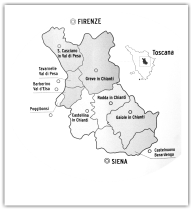Scritto da Ruggero Mazzilli, spevis
La regione del Chianti Classico è costituita da una serie di vallate più o meno grandi suddivise in numerose vallette laterali. Ovviamente un’accurata descrizione di un’area così ricca di variabilità richiederebbe un grande dettaglio dei particolari descritti da chi li conosce bene. Da un punto di vista più generale, si può dire che all’interno del territorio l’elemento che più caratterizza la differente espressione vegeto-produttiva dei vigneti è l’ALTITUDINE perché regola i fattori pedologici e climatici decisivi, che sono la tessitura del suolo e la temperatura atmosferica media.
TESSITURA DEL SUOLO :
la matrice geo-pedologica dipende dall’origine dei suoli : in genere più si sale sul versante più si trova la roccia madre (aumenta la presenza di scheletro) e più si scende più si trova il terreno di trasporto (aumenta la presenza di argilla)
TESSITURA DEL SUOLO :
la matrice geo-pedologica dipende dall’origine dei suoli : in genere più si sale sul versante più si trova la roccia madre (aumenta la presenza di scheletro) e più si scende più si trova il terreno di trasporto (aumenta la presenza di argilla)
| La presenza di scheletro drena e riscalda il terreno, rallenta la spinta vegetativa ma accentua i fenomeni di stress termo-idrici estivi, la differente natura dello scheletro (es. galestro/ alberese) incide molto e in modo diverso sulle caratteristiche organolettiche delle uve | La presenza di argilla mantiene la necessaria riserva idrica che in certi casi può però rivelarsi eccessiva con troppo vigore o asfissia radicale; se ben gestita l’argilla può essere invece un fattore positivo di autocontrollo vegetativo contro l’eccesso di vigore e il blocco per stress idrico estivo |
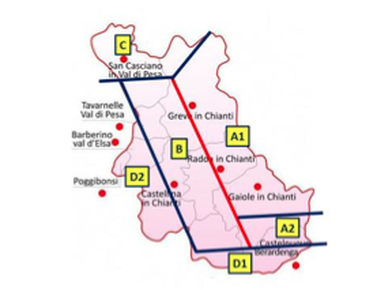
"il SANGIOVESE che ha grandissime capacità di modificare il suo comportamento in funzione dell’ambiente in cui è coltivato"
In base a questa sommaria divisione possiamo quindi riconoscere 4 zone caratteristiche ABCD di cui nella prima e nell’ultima possono essere riconosciute due ulteriori sottozone. Naturalmente si tratta sempre di aree ad altissima vocazione vitivinicola e questa generica suddivisione non è una scala di merito ma serve solo a cercare di caratterizzarne meglio le risorse native e le potenzialità.
A1
l’altitudine media è elevata (per lo più da 350 a 450 m slm) e raggiunge i picchi più alti della denominazione. I suoli sono ricchi di scheletro (soprattutto galestro con alberese a Radda, pietraforte a Panzano) ma hanno anche una buona dotazione in argilla (mediamente 25-30%) il che permette un ideale equilibrio tra capacità di drenaggio e ritenzione idrica. Questa zona presenta valori medi di temperatura più bassi soprattutto nella prima parte della stagione con uno sviluppo vegetativo inizialmente rallentato e un vigore contenuto. La produzione unitaria è spontaneamente limitata e si ottengono facilmente grappoli di Sangiovese più piccoli che maturano lentamente nell’epoca ideale non precoce e di norma senza problemi sanitari. Più si sale verso i Monti del Chianti più si trovano terreni sempre meno profondi e più poveri dove lo sviluppo vegetativo è ancora più contenuto e anche la maturazione è più tardiva. Nella parte più alta i suoli di Lamole rappresentano un’unicità oltre che per l’altitudine (da 450 a oltre 550 m slm) anche perché sono fortemente caratterizzati dalla presenza di arenaria e macigno. La combinazione di terreni più ricchi di sabbia con somme termiche inferiori esalta l’elegante ricchezza olfattiva (i noti “profumi di Lamole”). Nella zona più a sud, a confine con A2 troviamo alcuni altopiani in quota (es. Monti in Chianti) dove “sasso, sole e vento” a volontà creano un ambiente molto favorevole per la qualità delle uve.
A2
dal centro abitato di Castelnuovo Berardenga e risalendo il versante verso Gaiole prevale la formazione del Massiccio del Chianti con un’elevata pietrosità calcarea compatta (su base di arenaria e/o alberese) che (oltre a incidere sui costi d’impianto e di gestione) tende -in combinazione con l’altitudine- a frenare il vigore e allungare il ciclo. Rispetto alle altre zone il ph del suolo tende maggiormente alla neutralità. Anche qui il Sangiovese trova fattori naturali di autocontrollo esprimendosi con grappoli tendenzialmente più piccoli e meno compatti che giungono facilmente a completa maturazione.
B
al contrario dell’area A (che dall’asse centrale risale il versante dei Monti del Chianti), qui il gradiente altimetrico è inverso e scende verso la Valdelsa. La zona compresa tra Radda e Castellina presenta caratteristiche generali simili ad A1 ma rispetto a questa la progressiva riduzione di quota e il lieve spostamento verso ovest determinano già un graduale aumento della temperatura media. La presenza di scheletro è normalmente ancora molto alta : nei vigneti più in quota si trova la maggior percentuale di alberese ma scendendo in direzione Valdelsa comincia ad aumentare la presenza di argilla. Questo comporta nel Sangiovese la tendenza a una maggiore produzione unitaria con grappoli tendenzialmente più grandi. La maturazione è comunque ampiamente sostenuta dalla maggiore temperatura media e dall’ottima luminosità. In quest’area si risente, molto più che in A1, il gradiente altimetrico all’interno dello stesso vigneto (tra zona alta erosa e zona bassa di accumulo).
TEMPERATURA AMBIENTE :
- in relazione all’esposizione dei vigneti, l’altitudine regola differenze di meso- e micro-clima molto determinanti pure quando non sono eccessive
- escursioni anche di solo pochi gradi centigradi influiscono in modo diverso sullo sviluppo delle piante e sull’epidemiologia dei patogeni
- in genere più si sale più diminuisce la temperatura media e aumenta l’escursione termica (la maturazione tende a ritardare ma con maggior sincronia tra polpa e buccia)
- mentre più si scende più aumenta la temperatura media e diminuisce l’escursione termica (la maturazione tende ad anticipare ma con minor sincronia tra polpa e buccia). Il gradiente altimetrico è sempre molto influente all’interno della stessa zona e persino nello stesso vigneto (ambiente secco/caldo e suolo povero in alto, ambiente umido/fresco e suolo ricco in basso). Tutto questo è facilmente rilevabile per gli evidenti gradienti di vigoria ed epoche di maturazione, in particolare per un vitigno come il SANGIOVESE che ha grandissime capacità di modificare il suo comportamento in funzione dell’ambiente in cui è coltivato (differenze molto significative anche a breve distanza per vigoria, durata del ciclo, morfologia del grappolo, dinamica di maturazione ...)
L’altitudine si integra naturalmente con il fattore LATITUDINE che, per quanto circoscritta a un’estensione limitata, ha molto influenza per spiegare le differenti potenzialità vegeto-produttive.
Dal punto di vista chimico, i suoli vitati del Chianti Classico presentano invece una generica convergenza per le caratteristiche principali e questo spiega come questi parametri da soli non possono spiegare il differente comportamento dei vigneti. In genere i ph sono moderatamente alcalini (7,5-8,2) per un’elevata presenza di carbonati di calcio e una buona dotazione di potassio e magnesio, mentre sostanza organica, azoto e fosforo sono generalmente scarsi. Molte più indicazioni importanti si hanno dai parametri fisici (sintetizzati dalla capacità di ritenzione e cessione idrica regolata dalla tessitura) e soprattutto dalla fertilità microbiologica (come espressione per l’abitabilità radicale).
La combinazione di altitudine e latitudine permette a grandi linee di distinguere alcune principali macroaree caratterizzate da situazioni pedoclimatiche delineate, al cui interno non mancano comunque sottozone con eccezioni localizzate.
Come altitudine lo spartiacque principale può essere indicativamente individuato intorno a 360-370 m slm per cui si possono si possono sommariamente distinguere una fascia altimetrica tra 250 e 350 m, una tra 350 e 450 e una oltre i 450 m slm. La differente altimetria influisce sulla pendenza e sulla lunghezza dei versanti : più ripidi e brevi nelle zone alte, più dolci e prolungati in quelle meno alte.
Rispetto alla latitudine l’area può essere a grandi linee caratterizzata suddividendola circa a metà da una diagonale (linea rossa verticale/obliqua) che ripercorre la dorsale dei Monti del Chianti (asse Castelnuovo Berardenga-Radda-Panzano-Strada in Chianti) separando il lato est (direzione Valdarno) da quello ovest (direzione Valdelsa). La suddivisione si completa separando le due estremità, quella settentrionale (la parte bassa di San Casciano) e quella meridionale e occidentale (la parte bassa di Castelnuovo B.ga e Castellina). In queste due estremità, a differenza della dorsale centrale, troviamo intrusioni di origine marina che spiegano la maggior presenza di argilla con suoli generalmente più profondi e più fertili.
C
nella zona bassa di San Casciano Valdipesa la riduzione dell’altitudine è accompagnata dall’aumento della temperatura media. I terreni sono tendenzialmente più freschi e fertili ma spesso non manca una buona percentuale di scheletro (localmente anche sotto forma di ciottoli silicei). Il vigore vegetativo e la dimensione del grappolo tendono ad aumentare e nella maggior parte dei vigneti vanno preventivamente contenuti (soprattutto dove la pietrosità è molto bassa o assente). Le produzioni unitarie sono più alte, la preoccupazione per la sanità del grappolo a fine stagione è maggiore ma la maturazione è comunque tendenzialmente più precoce.
nella zona bassa di San Casciano Valdipesa la riduzione dell’altitudine è accompagnata dall’aumento della temperatura media. I terreni sono tendenzialmente più freschi e fertili ma spesso non manca una buona percentuale di scheletro (localmente anche sotto forma di ciottoli silicei). Il vigore vegetativo e la dimensione del grappolo tendono ad aumentare e nella maggior parte dei vigneti vanno preventivamente contenuti (soprattutto dove la pietrosità è molto bassa o assente). Le produzioni unitarie sono più alte, la preoccupazione per la sanità del grappolo a fine stagione è maggiore ma la maturazione è comunque tendenzialmente più precoce.
D1
nella parte più vicina e più a sud del comune di Castelnuovo Berardenga (e una piccola parte di Gaiole) aumenta la presenza di tufo e arenaria fino a diventare dominante a un’altitudine massima di 300 m slm attorno a Pianella. Il clima è più caldo, molto luminoso e generalmente meno piovoso. Qui il Sangiovese matura con un certo anticipo rispetto alle zone interne, il vigore è buono ma a volte bisogna controllare gli eccessi. La produzione è quantitativamente più alta ma in genere le uve non hanno difficoltà ad accumulare zuccheri e sostanze nobili.
nella parte più vicina e più a sud del comune di Castelnuovo Berardenga (e una piccola parte di Gaiole) aumenta la presenza di tufo e arenaria fino a diventare dominante a un’altitudine massima di 300 m slm attorno a Pianella. Il clima è più caldo, molto luminoso e generalmente meno piovoso. Qui il Sangiovese matura con un certo anticipo rispetto alle zone interne, il vigore è buono ma a volte bisogna controllare gli eccessi. La produzione è quantitativamente più alta ma in genere le uve non hanno difficoltà ad accumulare zuccheri e sostanze nobili.
D2
scendendo verso Castellina Scalo la riduzione dell’altitudine è accompagnata dall’aumento di argilla nel suolo. Qui è molto importante evitare problemi di asfissia radicale ed eccessi di produzione in assenza dei quali si possono avere uve molto ricche grazie anche all’esposizione a ovest del versante.
Anche a sud del centro abitato di Castelnuovo ci sono terreni con elevata presenza di argille grigie che si avvicinano alla composizione delle crete senesi.
Scendendo invece da Castellina verso Poggibonsi si trovano diverse situazioni simili a D1.
scendendo verso Castellina Scalo la riduzione dell’altitudine è accompagnata dall’aumento di argilla nel suolo. Qui è molto importante evitare problemi di asfissia radicale ed eccessi di produzione in assenza dei quali si possono avere uve molto ricche grazie anche all’esposizione a ovest del versante.
Anche a sud del centro abitato di Castelnuovo ci sono terreni con elevata presenza di argille grigie che si avvicinano alla composizione delle crete senesi.
Scendendo invece da Castellina verso Poggibonsi si trovano diverse situazioni simili a D1.
In estrema sintesi l’ampia variabilità di situazioni descritte rappresenta la gradualità intermedia tra le due condizioni limite :
-in alta collina i suoli sono più poveri, l’ambiente è più secco e la somma termica è minore, la vegetazione e la produzione sono limitate, la maturazione è più tardiva = situazioni favorevoli alla massima qualità, il fattore limitante non è, come in passato, l’insufficiente temperatura in fase di maturazione, ma il forte stress termo-idrico che può verificarsi in estate
-in bassa collina i suoli sono più ricchi e freschi ma, nonostante l’aumento di vigoria e produttività, la maturazione è di norma più precoce perché è favorita dalla maggiore somma termica = il fattore limitante può essere la maggior dimensione del grappolo e la scarsa sincronia di maturazione tra polpa e buccia.
Come si sa, l’alta collina favorisce l’eleganza e i profumi del vino, mentre la bassa accentua la struttura e il colore. In genere le annate fresche premiano le zone alte, mentre quelle calde favoriscono quelle più basse.
-in alta collina i suoli sono più poveri, l’ambiente è più secco e la somma termica è minore, la vegetazione e la produzione sono limitate, la maturazione è più tardiva = situazioni favorevoli alla massima qualità, il fattore limitante non è, come in passato, l’insufficiente temperatura in fase di maturazione, ma il forte stress termo-idrico che può verificarsi in estate
-in bassa collina i suoli sono più ricchi e freschi ma, nonostante l’aumento di vigoria e produttività, la maturazione è di norma più precoce perché è favorita dalla maggiore somma termica = il fattore limitante può essere la maggior dimensione del grappolo e la scarsa sincronia di maturazione tra polpa e buccia.
Come si sa, l’alta collina favorisce l’eleganza e i profumi del vino, mentre la bassa accentua la struttura e il colore. In genere le annate fresche premiano le zone alte, mentre quelle calde favoriscono quelle più basse.
How changes in vineyard altitude within the Chianti Classico region affect climate and soil factors
Written by Ruggero Mazzilli, spevis
The region of Chianti Classico is characterized by a series of large valleys and a number of narrower side valleys. A fully accurate description of such a varied area would require a comprehensive study of the details described by those who know them well. From a more general point of view, we can say that within the territory the factor that most characterizes the different expression of the vegetative-productive nature of vineyards is ALTITUDE, because there is a correlation to the characteristics of soil and climate (soil type and average air temperature).
Texture of the soil:
The geo-pedological (rock/hard earth and soil) balance depends on the siting of the soils: typically, higher up the slopes, there is more evidence of bedrock (demonstrated by an increased presence of stones), and deeper in the valleys, soils have a higher percentage of clay.
Texture of the soil:
The geo-pedological (rock/hard earth and soil) balance depends on the siting of the soils: typically, higher up the slopes, there is more evidence of bedrock (demonstrated by an increased presence of stones), and deeper in the valleys, soils have a higher percentage of clay.
| The presence of stones drains and warms the land, but slows down vegetative growth with higher incidents of water stress in the summer. The different types of stones (eg marl / limestone) greatly influence differences of the organoleptic characteristics of the grapes. | The presence of clay stores water in many cases, however, in excess it can prove to be too moist and lead to root suffocation. If the vines are well managed, clay can be a positive factor and reduce the risk of water stress during the summer. |
Ambient temperature
In relation to the exposure of vineyards, differences in altitude regulate the meso-and micro-climate very well when they are not excessive differences. Even only a few degrees centigrade can have a strong influence on plant development and the epidemiology of pathogens.
In general, the higher the altitude, the lower the average daily temperature, and the larger the temperture fluctuations during the course of the day (vine development tends to be delayed, but there is greater synchrony in maturation between pulp and peel).
In areas with lower altitude, the median daily temperature rises while temperature fluctuations are less dramatic during the day (development tends to be faster, but with less synchrony between pulp and peel maturation). The elevation gradient is very influential within the same area and even within the same vineyard (dry / heat and poor soil on top, moist / fresh and rich soil towards the bottom).
These characteristics are easily observed in the gradients in vigor and ripening periods, Sangiovese, as a varietal, has an enormous capacity to adapt its behavior based on the environment in which it is grown (significant differences can be observed within short distances for vigor, life cycle, morphology of the cluster, and the dynamics of maturation...)
In relation to the exposure of vineyards, differences in altitude regulate the meso-and micro-climate very well when they are not excessive differences. Even only a few degrees centigrade can have a strong influence on plant development and the epidemiology of pathogens.
In general, the higher the altitude, the lower the average daily temperature, and the larger the temperture fluctuations during the course of the day (vine development tends to be delayed, but there is greater synchrony in maturation between pulp and peel).
In areas with lower altitude, the median daily temperature rises while temperature fluctuations are less dramatic during the day (development tends to be faster, but with less synchrony between pulp and peel maturation). The elevation gradient is very influential within the same area and even within the same vineyard (dry / heat and poor soil on top, moist / fresh and rich soil towards the bottom).
These characteristics are easily observed in the gradients in vigor and ripening periods, Sangiovese, as a varietal, has an enormous capacity to adapt its behavior based on the environment in which it is grown (significant differences can be observed within short distances for vigor, life cycle, morphology of the cluster, and the dynamics of maturation...)
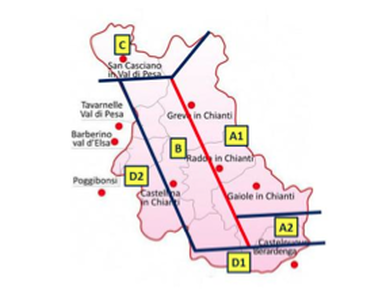
"Sangiovese, as a varietal, has an enormous capacity to adapt its behavior based on the environment in which it is grown"
Based on this rough division (see map), we can recognize four zones' (ABCD) unique features, of which the first and the last also have sub-zones. Naturally, this regards areas destined for high-quality viticulture, and this division is not a suggestion of quality, but only serves as an attempt to better characterize the native resources and potential within each zone.
Based on this rough division (see map), we can recognize four zones' (ABCD) unique features, of which the first and the last also have sub-zones. Naturally, this regards areas destined for high-quality viticulture, and this division is not a suggestion of quality, but only serves as an attempt to better characterize the native resources and potential within each zone.
A1
The average altitude is high (mostly from 350 to 450 m above sea level) and contains the highest peaks of the appellation. The soils are rich in texture (for example marl with limestone in Radda, pietraforte in Panzano) but there is also a good presence of clay (on average 25-30%) which allows for a perfect balance between the capacity of drainage and water retention. This area has the lowest average temperature in the first part of the season, with a slow inital vegetative growth and less vigor.
A2
From the center of town in Castelnuovo Berardenga to the lower half of Gaiole, up the slope towards the prevailing formation of the Massif of Chianti. Soils are high compact limestone (a base of sandstone and / or limestone) that, in addition to increasing the cost of development and management of vineyards in general, combines with altitude as a curbing force to vegetation and lengthens the maturation cycle. Compared to other areas, the pH of the soil tends towards neutrality. This creates a Sangiovese with natural self-control featuring smaller clusters that are less compact and easily arrive at full maturity.
B
Contrary to area A, area B goes through the center line of the Chianti Mountains, where the elevation gradient is reversed with a descent towards the Val d'Elsa. The area between Radda and Castellina has similar characteristics to A1, but with a notable decrease in altitude and a slight westward shift that lead to a gradual increase in average temperatures. The presence of stones is usually still very high: the vineyards at higher altitude have the highest percentage of limestone, but going towards Val d'Elsa the presence of clay becomes more prominent. This tends to create Sangiovese that is more productive with larger clusters. Maturation is still easily achieved with higher average temperatures and intense sunshine . This area is affected, much more signifcantly than in A1 , by altitude gradient within vineyards (i.e. dry and poor soils at the top, and fresh, moist soils towards the bottom of the vineyard).
The average altitude is high (mostly from 350 to 450 m above sea level) and contains the highest peaks of the appellation. The soils are rich in texture (for example marl with limestone in Radda, pietraforte in Panzano) but there is also a good presence of clay (on average 25-30%) which allows for a perfect balance between the capacity of drainage and water retention. This area has the lowest average temperature in the first part of the season, with a slow inital vegetative growth and less vigor.
A2
From the center of town in Castelnuovo Berardenga to the lower half of Gaiole, up the slope towards the prevailing formation of the Massif of Chianti. Soils are high compact limestone (a base of sandstone and / or limestone) that, in addition to increasing the cost of development and management of vineyards in general, combines with altitude as a curbing force to vegetation and lengthens the maturation cycle. Compared to other areas, the pH of the soil tends towards neutrality. This creates a Sangiovese with natural self-control featuring smaller clusters that are less compact and easily arrive at full maturity.
B
Contrary to area A, area B goes through the center line of the Chianti Mountains, where the elevation gradient is reversed with a descent towards the Val d'Elsa. The area between Radda and Castellina has similar characteristics to A1, but with a notable decrease in altitude and a slight westward shift that lead to a gradual increase in average temperatures. The presence of stones is usually still very high: the vineyards at higher altitude have the highest percentage of limestone, but going towards Val d'Elsa the presence of clay becomes more prominent. This tends to create Sangiovese that is more productive with larger clusters. Maturation is still easily achieved with higher average temperatures and intense sunshine . This area is affected, much more signifcantly than in A1 , by altitude gradient within vineyards (i.e. dry and poor soils at the top, and fresh, moist soils towards the bottom of the vineyard).
C
In the lower areas of San Casciano Valdipesa, with reduced altitude, there is an increase in the average temperature. The soils tend to be more fresh and fertile, but often do not lack a good percentage of stones (for example, the local siliceous pebbles). The vigor and the size of the grape cluster tend to increase in size in most of the vineyards, leading to early maturation (especially where the rock content is very low or absent). Yields may be higher, and risk for disease for the bunch is higher at the end of the season, but the early maturation means it is likely harvested earlier.
In the lower areas of San Casciano Valdipesa, with reduced altitude, there is an increase in the average temperature. The soils tend to be more fresh and fertile, but often do not lack a good percentage of stones (for example, the local siliceous pebbles). The vigor and the size of the grape cluster tend to increase in size in most of the vineyards, leading to early maturation (especially where the rock content is very low or absent). Yields may be higher, and risk for disease for the bunch is higher at the end of the season, but the early maturation means it is likely harvested earlier.
D1
At the southernmost part of Chianti Classico, nearest to the town of Castelnuovo Berardenga (and a small part of Gaiole), there are increases in the presence of tufo and fine sand, which is the dominant soil type at an altitude of 300 m above sea level in the area around Pianella. The climate is warmer, very bright and generally less rainy. Here, Sangiovese matures at an early stage compared to the central areas of the region, vigor is greater and needs to be carefully managed in order to avoid excess. Production is quantitatively higher, but in general the grapes do not have difficulties with sugar ripeness and complexity.
At the southernmost part of Chianti Classico, nearest to the town of Castelnuovo Berardenga (and a small part of Gaiole), there are increases in the presence of tufo and fine sand, which is the dominant soil type at an altitude of 300 m above sea level in the area around Pianella. The climate is warmer, very bright and generally less rainy. Here, Sangiovese matures at an early stage compared to the central areas of the region, vigor is greater and needs to be carefully managed in order to avoid excess. Production is quantitatively higher, but in general the grapes do not have difficulties with sugar ripeness and complexity.
D2
Down towards Castellina Scalo, there is a steep reduction in altitude accompanied by an increase of clay in the soil. Here, it is very important to avoid root asphyxia and excess production. Lower yields can result in the grapes being very rich thanks to a west-facing exposure. Also, towards the south of the town of Castelnuovo, there are soils with a high degree of gray clay that are similar to the composition of those of the Crete Senesi.
Going down from Castellina towards Poggibonsi, there are several situations similar to D1.
Down towards Castellina Scalo, there is a steep reduction in altitude accompanied by an increase of clay in the soil. Here, it is very important to avoid root asphyxia and excess production. Lower yields can result in the grapes being very rich thanks to a west-facing exposure. Also, towards the south of the town of Castelnuovo, there are soils with a high degree of gray clay that are similar to the composition of those of the Crete Senesi.
Going down from Castellina towards Poggibonsi, there are several situations similar to D1.
In conclusion, the wide variety of situations can be described in terms of the differences between the two main boundary conditions.
In the higher hills, soils are poore;, the environment is drier, and heat accumulation is less important. Vegetation and production are limited, and maturation is later, which results in a more favorable situation for high quality fruit. These factors are not limiting as they were in the past, then often leading to insufficient temperatures in the ripening stage, but heat and water stress are still risks in the summer.
In the lower hills, soils are richer and more humid, but despite the increase in vigor and productivity, maturation is usually earlier because of higher temperatures. The limiting factor in these zones may be larger clusters and poorer synchrony of the maturation between pulp and skin.
As one may suspect, the high hills favor elegance and aromas in the wine, while the lower hills accentuate structure and color. Typically cooler vintages reward the higher areas, while hotter vintages favor the lower hill areas.
In the higher hills, soils are poore;, the environment is drier, and heat accumulation is less important. Vegetation and production are limited, and maturation is later, which results in a more favorable situation for high quality fruit. These factors are not limiting as they were in the past, then often leading to insufficient temperatures in the ripening stage, but heat and water stress are still risks in the summer.
In the lower hills, soils are richer and more humid, but despite the increase in vigor and productivity, maturation is usually earlier because of higher temperatures. The limiting factor in these zones may be larger clusters and poorer synchrony of the maturation between pulp and skin.
As one may suspect, the high hills favor elegance and aromas in the wine, while the lower hills accentuate structure and color. Typically cooler vintages reward the higher areas, while hotter vintages favor the lower hill areas.
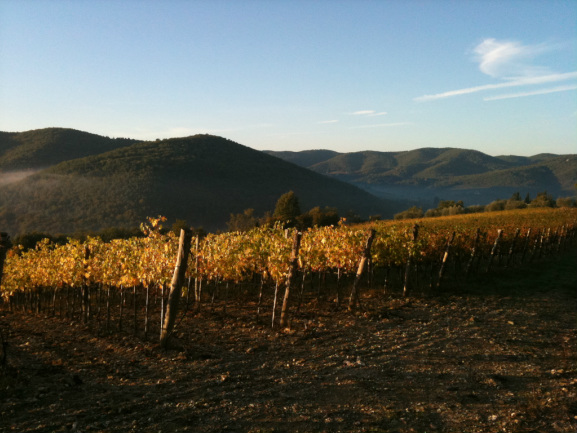
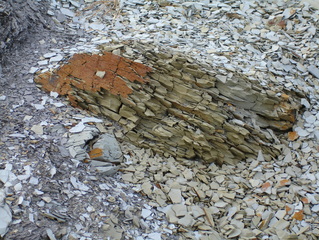
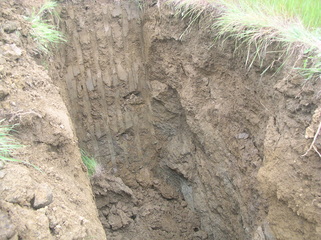
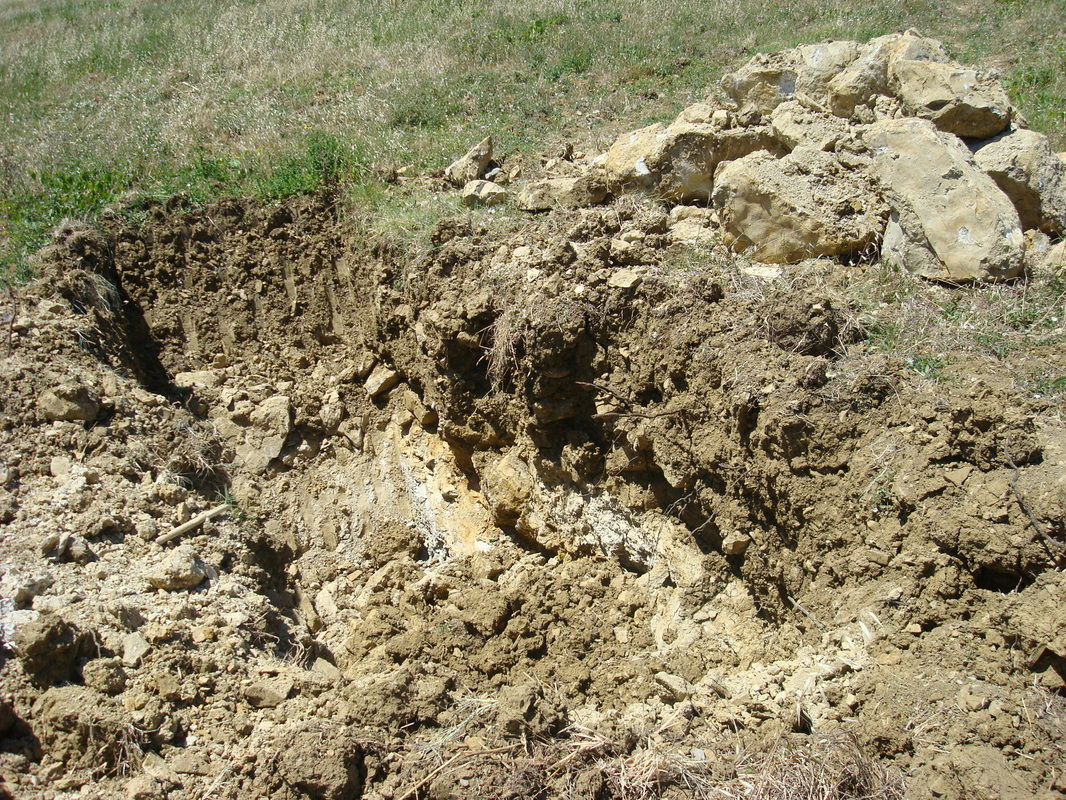
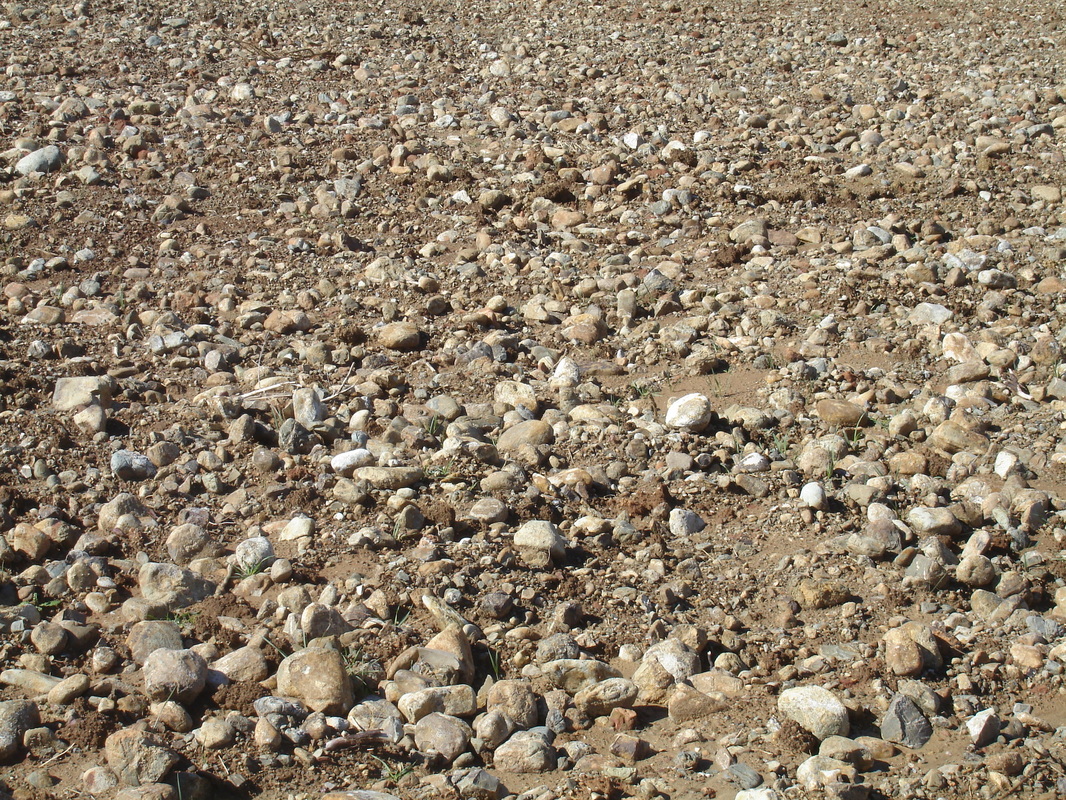
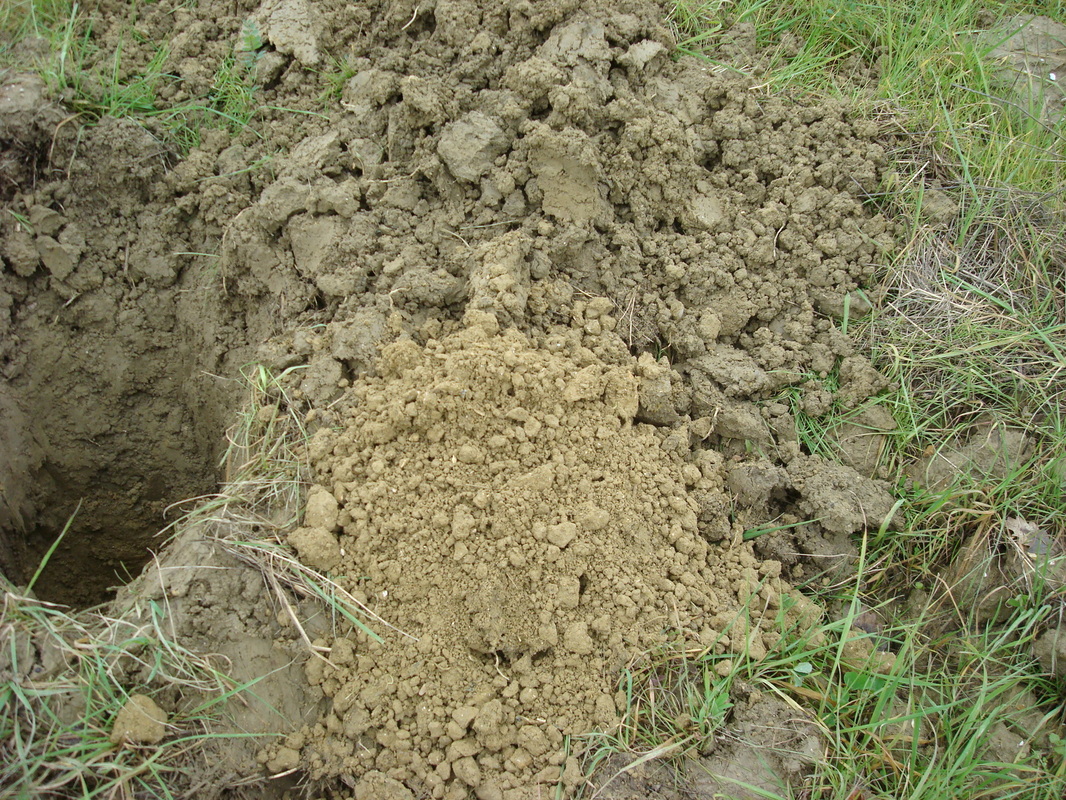
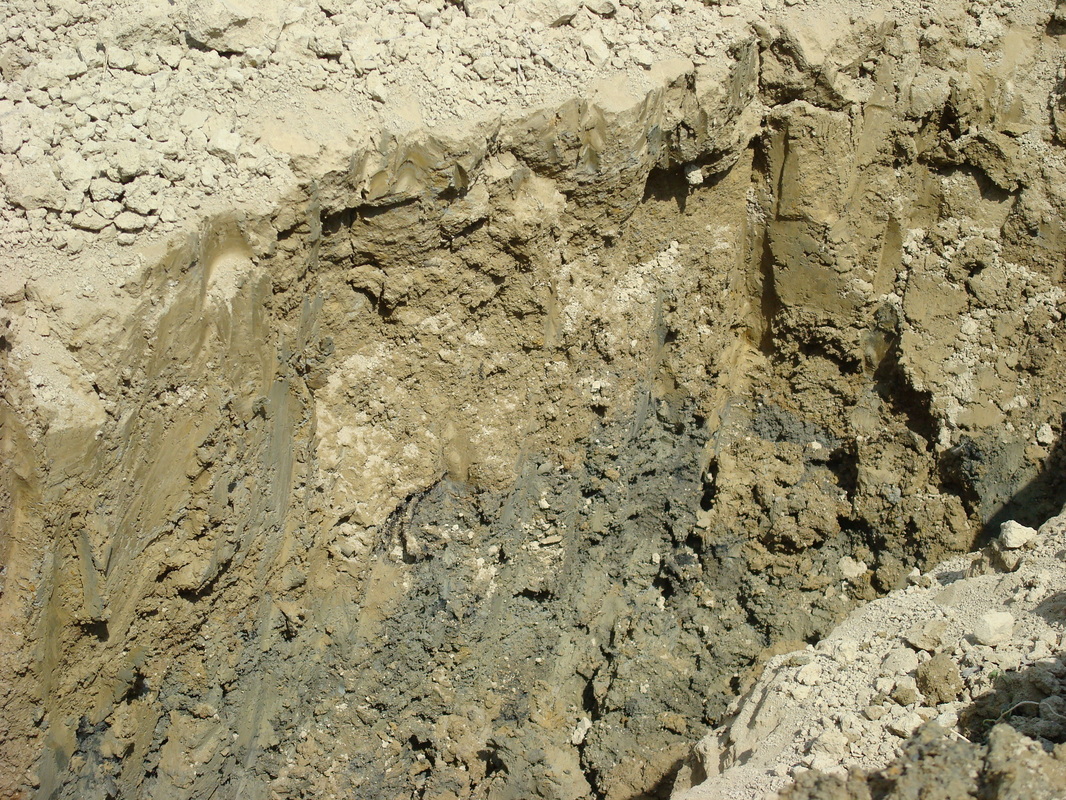
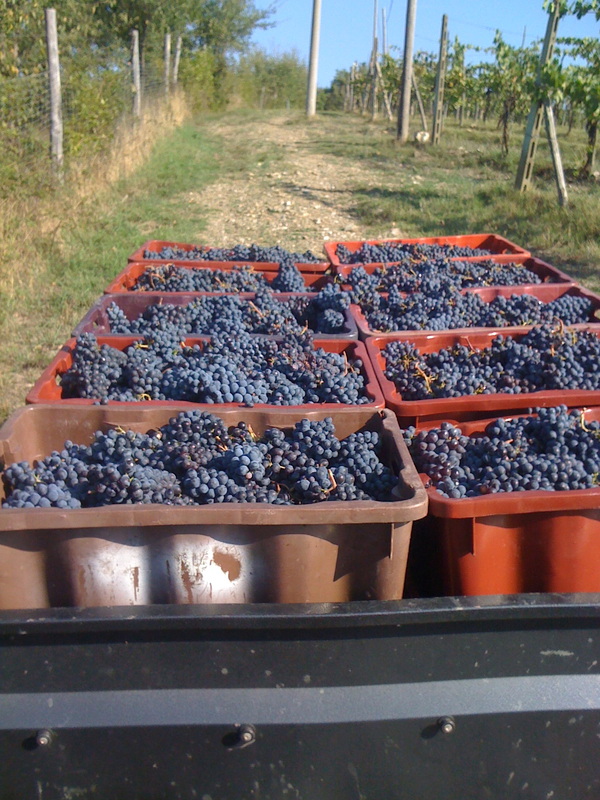
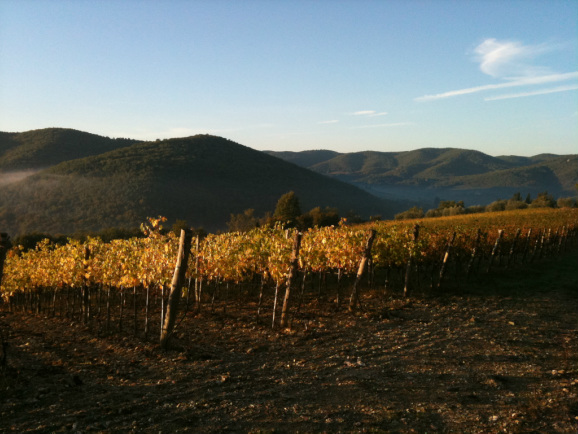
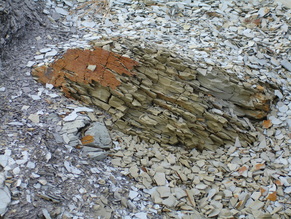
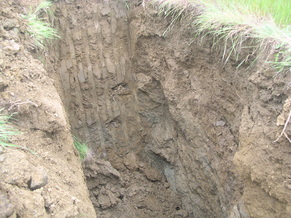
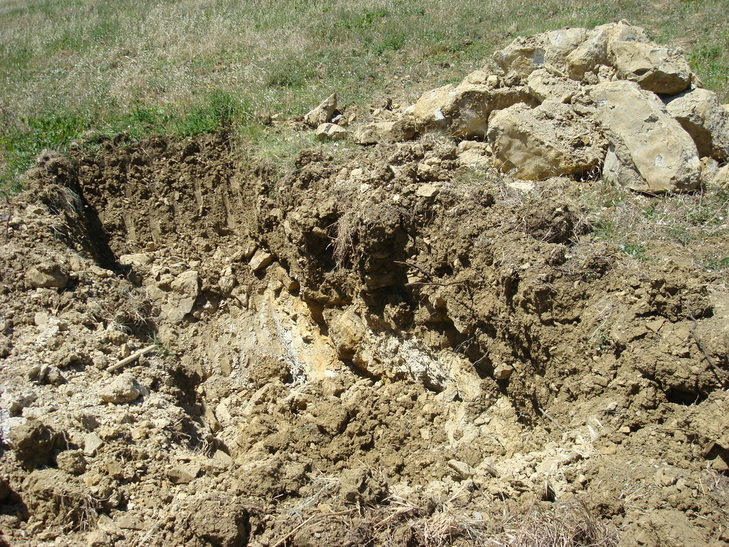
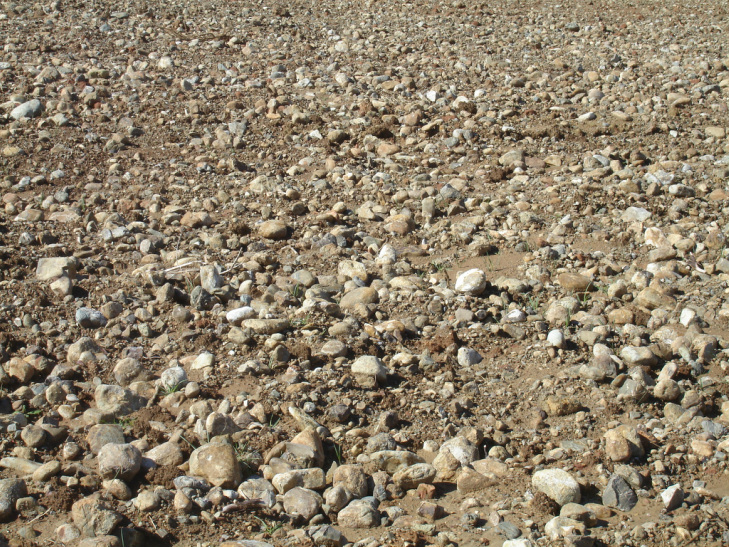
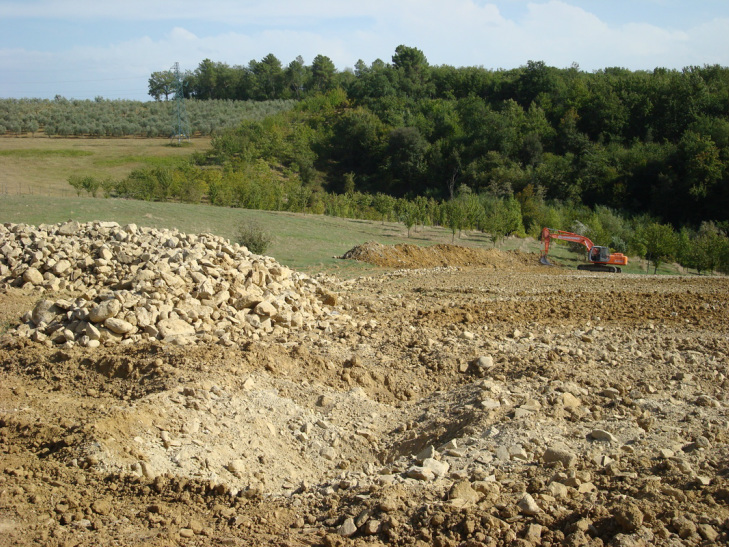
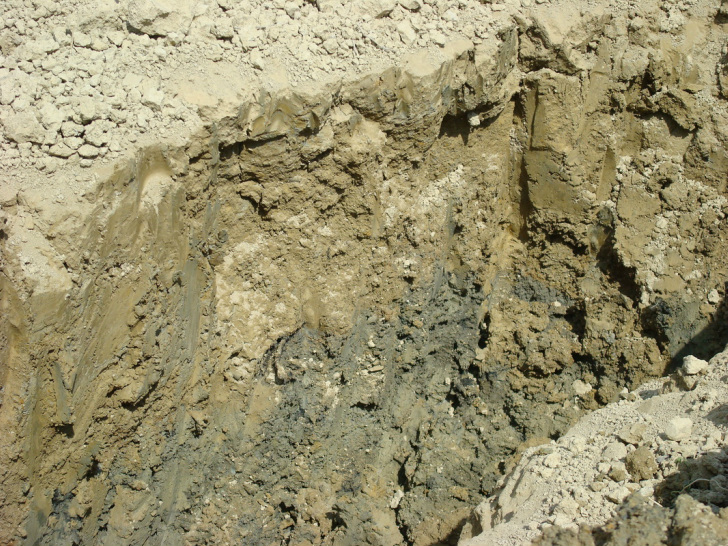
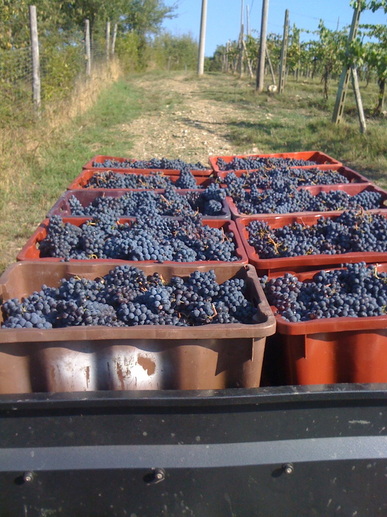


 RSS Feed
RSS Feed
